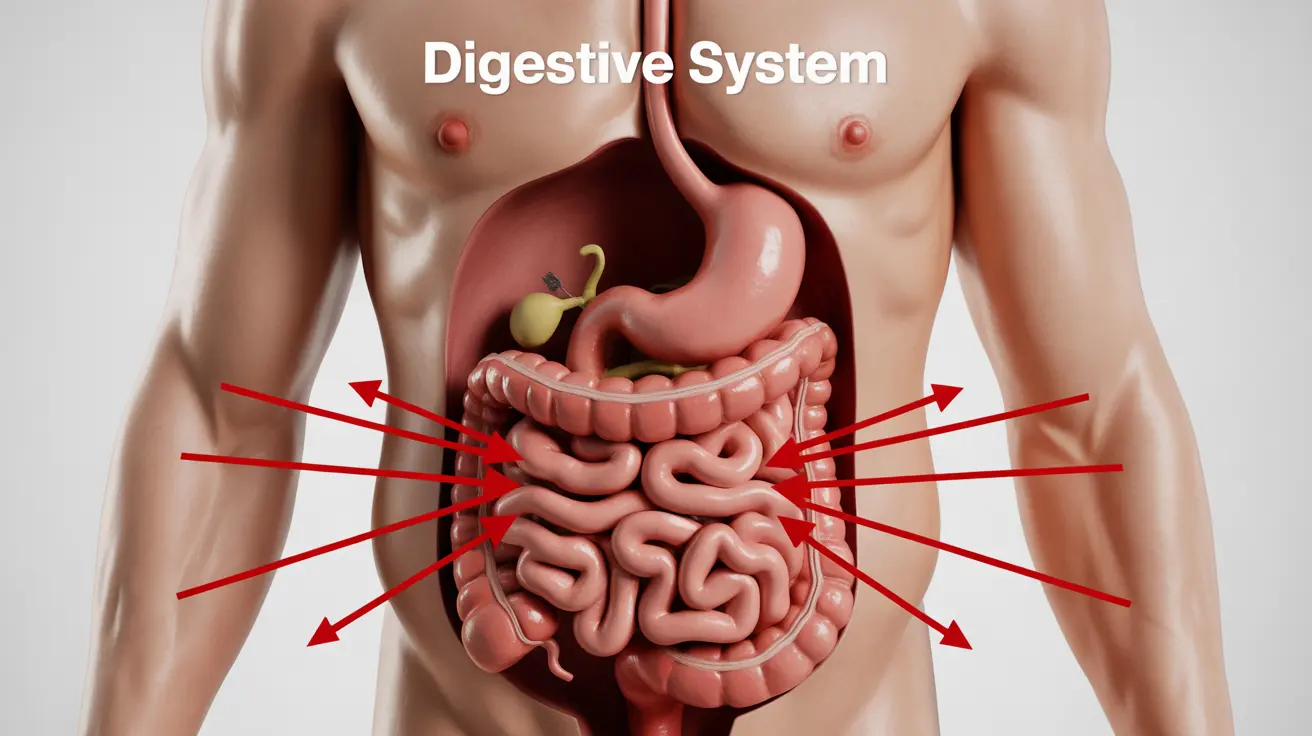The untimely death of martial arts legend Bruce Lee has puzzled fans and medical experts for decades. At the age of 32, Lee's sudden passing on July 20, 1973, in Hong Kong left the world shocked and searching for answers. While various theories have circulated over the years, a new hypothesis has emerged that might finally shed light on this enduring mystery. This article explores the latest explanation for Bruce Lee's death and the complex medical factors that may have contributed to this tragic event.
Bruce Lee's impact on martial arts and popular culture cannot be overstated. As an actor, director, and martial arts innovator, he brought global attention to Asian cinema and inspired millions with his philosophy and physical prowess. The circumstances surrounding his death have been the subject of intense speculation, ranging from assassination theories to allergic reactions. However, recent medical analysis suggests a more nuanced and scientifically grounded explanation.
The New Theory: Hyponatraemia-Induced Cerebral Oedema
The latest theory proposes that Bruce Lee died from cerebral oedema (brain swelling) induced by severe hyponatraemia—a dangerous imbalance resulting from the body's inability to excrete excess water. This condition occurs when sodium levels in the blood become critically low, causing water to move into brain cells, leading to swelling that can be rapidly fatal.
Understanding Hyponatraemia and Its Risks
Hyponatraemia is a serious medical condition characterized by abnormally low sodium levels in the blood. When severe, it can cause the brain to swell quickly, potentially leading to herniation and death. The kidneys play a crucial role in maintaining the body's water-sodium balance, and their inability to expel excess water effectively can result in this dangerous state.
Risk Factors Present in Bruce Lee's Case
Several factors may have contributed to Bruce Lee's vulnerability to hyponatraemia:
- High chronic fluid intake: Lee reportedly followed a mostly liquid-based diet.
- Increased thirst: Frequent marijuana use, which Lee was known to engage in, can heighten thirst.
- Alcohol consumption: This can disrupt the body's water and solute balance.
- Low dietary solute intake: A juice-focused diet may have reduced his body's ability to process water efficiently.
- Medication use: Lee took various drugs that could interfere with water and sodium regulation.
- Prior kidney issues: Two months before his death, Lee experienced a similar episode involving kidney dysfunction.
- Possible use of diuretics and anabolic steroids: These could promote dehydration and kidney stress.
- Intense physical activity: Exercise on the day of his death may have compounded the risk.
Timeline of Events Leading to Lee's Death
On the day of his death, Bruce Lee visited actress Betty Ting Pei's home. Reports indicate he used marijuana, acted out film scenes, and experienced headache and dizziness after drinking water. He then took Equagesic (a pain reliever) and went to rest. Later, he was found unconscious, and resuscitation attempts failed.
The autopsy revealed pronounced cerebral oedema with no other significant findings, apart from traces of marijuana. Importantly, a similar episode two months prior had involved collapse, headache, and vomiting, diagnosed as cerebral oedema and treated with mannitol.
Evidence Supporting the Hyponatraemia Hypothesis
The symptoms Bruce Lee exhibited—including dizziness, headache, confusion, collapse, and vomiting—are consistent with acute hyponatraemia. The multiple overlapping risk factors present in Lee's lifestyle and medical history increased his susceptibility to this condition. Furthermore, the autopsy finding of cerebral oedema as the sole significant abnormality aligns with the known effects of acute water intoxication.
Implications and Lessons from Bruce Lee's Case
Bruce Lee's case underscores the potential dangers of excessive water intake, especially when combined with factors that impair the body's ability to regulate fluid balance. It highlights the importance of maintaining a balanced diet and being aware of how medications, supplements, and lifestyle choices can interact to affect our health in unexpected ways.
Ironically, Bruce Lee's famous advice to "be water" may have foreshadowed the very mechanism of his untimely death. His story serves as a poignant reminder of the delicate balance our bodies must maintain and the sometimes hidden risks in our daily habits and choices.
Frequently Asked Questions
The new theory suggests that Bruce Lee died from cerebral oedema (brain swelling) induced by severe hyponatraemia. This condition occurs when the body retains too much water, leading to dangerously low sodium levels in the blood. Multiple factors, including Lee's diet, drug use, and possible kidney issues, may have contributed to this fatal imbalance.
Symptoms of hyponatraemia include headache, nausea, vomiting, confusion, fatigue, and in severe cases, seizures and coma. Risk factors include excessive water intake, certain medications (like diuretics), intense physical activity, low-sodium diets, and kidney problems. In Bruce Lee's case, his liquid-based diet, marijuana use, and possible use of other drugs increased his risk.
Yes, drinking excessive amounts of water can lead to water intoxication, causing hyponatraemia and potentially cerebral oedema. This is especially dangerous when combined with factors that impair the body's ability to excrete excess water, such as certain medications or kidney dysfunction. While hydration is important, balance is key.
Several medications can affect water retention and kidney function, including diuretics, NSAIDs, some antidepressants, and certain pain medications. Habits like excessive alcohol consumption, frequent use of marijuana (which can increase thirst), and extreme low-sodium diets can also contribute. In Bruce Lee's case, a combination of these factors may have played a role.
Treatment for cerebral oedema depends on the cause but may include medications to reduce swelling, careful fluid management, and in severe cases, surgical intervention. Prevention involves maintaining a balanced diet with adequate sodium, staying hydrated without overdrinking, being cautious with medications that affect fluid balance, and addressing any underlying health conditions that might predispose one to fluid imbalances.




